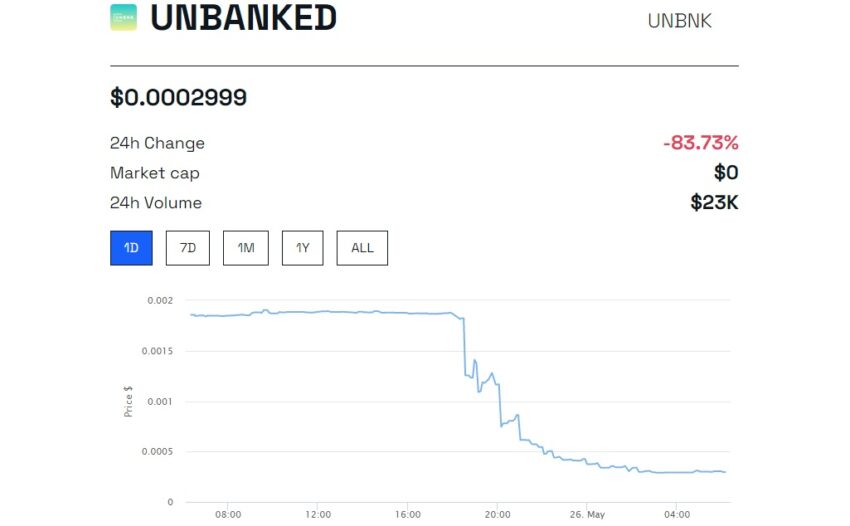
2022-12-20 13:15 |
Following the demise of FTX, Coinbase has released a regulatory framework for the virtual asset sector. The Nasdaq-listed exchange described it as a ‘realistic blueprint‘ for ensuring clarity for industry participants.
Coinbase proposes legislating stablecoin issuers, exchanges, and custodians to provide legislative clarity for centralized actors.
Push to Stablecoin RegulationsThe exchange recommends that stablecoins can be regulated under standard financial services laws. This allows non-banks to issue stablecoins if it doesn’t use fractional reserve lending, per the exchange. The exchange noted, “Bank regulation is the most stringent because it comes with permission to lend out customer funds. But many stablecoin issuers will be fine being required to hold assets 1-to-1 and only being allowed to invest in high quality assets like treasuries.”
Notably, Coinbase CEO Brian Armstrong tweeted the legislative suggestions days after Sen. Elizabeth Warren introduced a bipartisan bill to regulate the industry. The bill received harsh criticism from many in the sector for eliminating privacy from digital transactions. Recently, Sen. Sherrod Brown, the chair of the Senate Banking, Housing, and Urban Affairs Committee, also proposed a complete ban on cryptocurrencies.
Coinbase encourages stablecoin issuers to comply with sanctions, register as a state trust, or obtain an OCC national trust charter. It also recommends conducting yearly audits, establishing board governance, and adhering to fundamental cybersecurity principles.
Recommendation for a Licensing RegimeIn order to foster innovation while safeguarding users, Coinbase advises sticking to conventional financial services regulations to regulate centralized exchanges and custodians.
The exchange suggests setting up a federal licensing and registration system. Coinbase also recommends enforcing the system together with strict know-your-customer (KYC) and anti-money laundering (AML) guidelines. Additionally, Coinbase offers guidance on transparency and risk disclosure rules. This includes disclosing conflicts of interest and protecting customers from market misconduct.
1/ I often get asked: “What does regulatory clarity actually look like for crypto?” So I outlined a realistic blueprint for this that regulates centralized actors, while preserving decentralized innovation. https://t.co/sYsNR7igVQ
— Brian Armstrong (@brian_armstrong) December 20, 2022 Settle the Commodity vs. Security DebateIn light of the continuing debate over whether crypto assets are securities or commodities, Coinbase also asked Congress to take action. The exchange even created an enhanced version of the “Howey test” to better supervise the industry. It involves figuring out the virtual asset’s use cases, seeing if the cryptocurrency asset provider sold the asset for money, and checking if a single entity manages and controls the digital asset.
Moreover, Coinbase stated, “Congress should also require the CFTC and SEC to clearly publish their categorization of the top 100 crypto assets by market cap within 90 days of the above legislation being enacted, declaring whether each asset is a commodity, security, or “other” (such as a stablecoin).”
Earlier this month, the Senate Agriculture Committee also urged Congress to swiftly enact CFTC laws to stop more FTX-like demises in the crypto sector.
Lastly, Coinbase also suggests mandating parity between domestic and international players. It details how FTX.com diverted U.S. regulators with FTX.US to support the need for these regulations.
The post Coinbase Outlines ‘Realistic Blueprint’ for Crypto Regulation in G20 appeared first on BeInCrypto.
origin »Emerald Crypto (EMD) íà Currencies.ru
|
|



